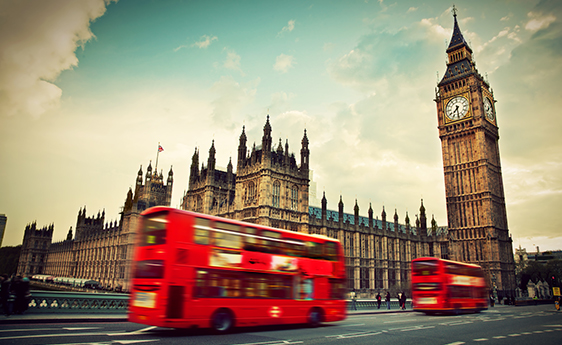
Today, London is home to the world’s largest center for foreign exchange trading, additional lending between global banks, and more international financial firms than anywhere else in the world, including New York City. The country’s overall financial services industry, much of which is concentrated in London, accounts for 10% of the United Kingdom’s GDP. Formerly just an area of a little over 1 square mile, settled by the Romans, London City now encompasses a stretch of land along the north bank of the Thames River, the former docklands of east London, or Canary Wharf, and Mayfair in west London, where boutique hedge funds take up shop in centuries-old row houses.
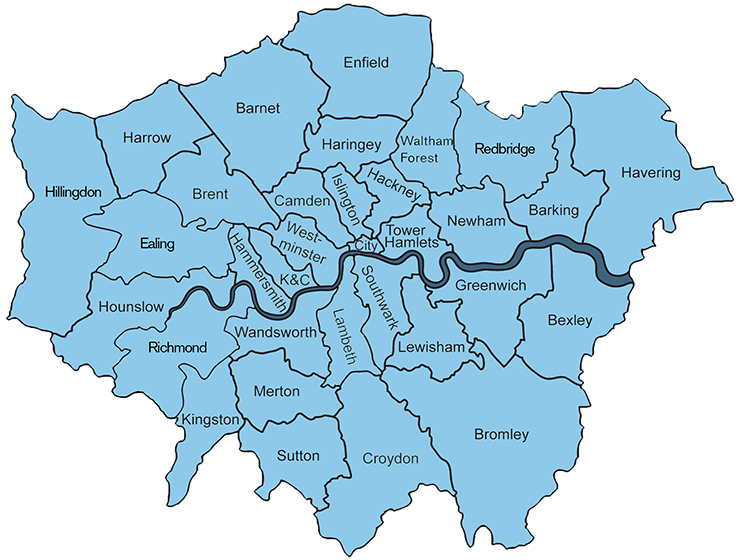
London Tube Map
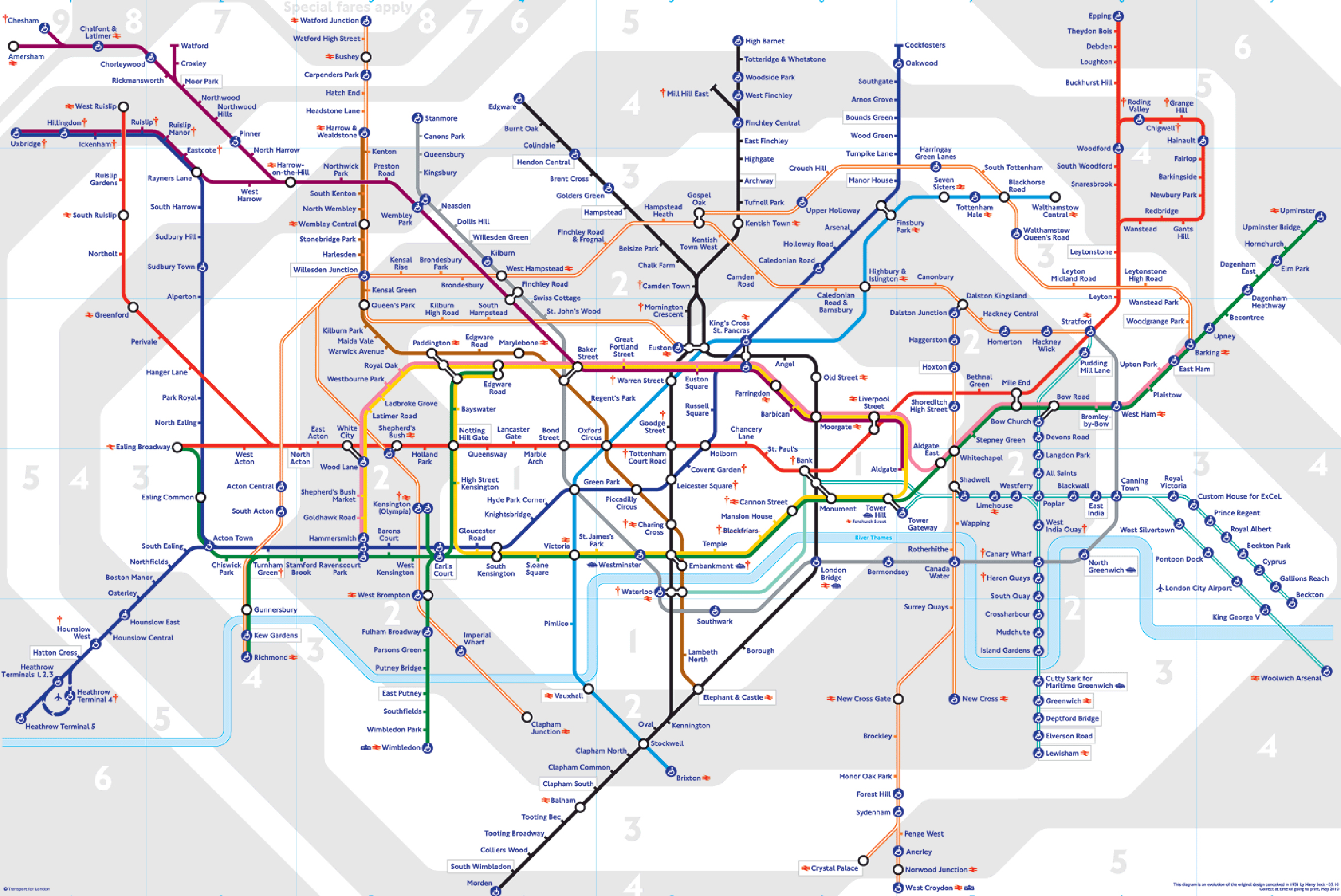
Interesting Facts on London
- In 2015, the Mayor of London has confirmed that the capital is now home to more people than at any time in its history. More than 8.6 million people are now living in London with the latest projections estimating that the city will be home to 11 million people by 2050
- 529 foreign companies listed in London, representing 20% of the global foreign equity listings
- $330bn of worldwide premium insurance income in the UK in 2013. The UK has the largest insurance industry in Europe and the third largest in the world
London Property Market
An imbalance between supply and demand, along with record-low borrowing costs, is keeping upward pressure on house prices in London. Population growth is central to any attempt to speculate on London’s distant future. Already nearing historic highs at 8.3m, the populace is expected to rise to 10m by 2031 – equivalent to adding an extra three boroughs. It had already grown by 12 per cent in the decade to 2011, compared with 7 per cent in the UK as a whole. However London house building rates are at half the level needed to meet demand.
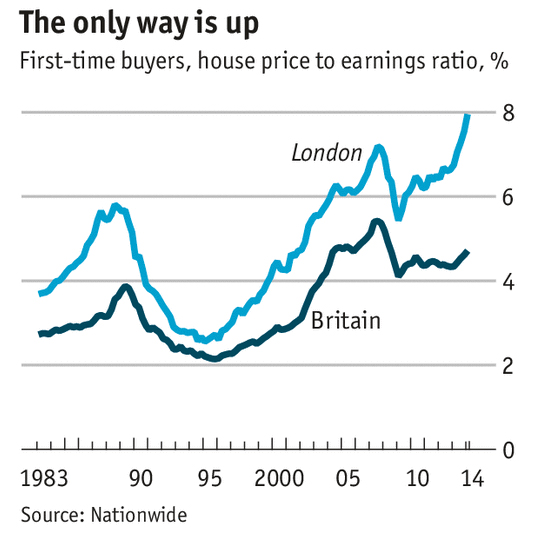
Infrastructure Project 1: £14.8 Billion Crossrail
Crossrail is among the most significant infrastructure projects ever undertaken in the UK. From improving travelling time across London to easing congestion and offering better connections, Crossrail will change the way people travel around the capital. It will transform rail transport in London, increasing capacity by 10%, supporting regeneration and cutting journey times across the city. The tunneling for Crossrail, Europe’s largest infrastructure project, is nearly complete, and the 73-mile (118km) railway line is expected to open in late 2018. The high-speed line will increase London’s overall rail capacity by 10% – an estimated 200 million annual passengers will use Crossrail. House prices within a 15-minute walk of western Crossrail stations have risen by an average 28% since 2008, 6% more than the local market.
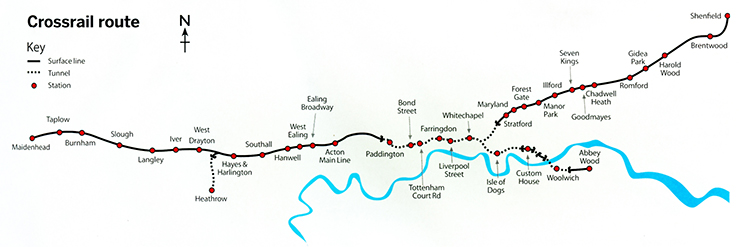
Infrastructure Project 2: £15 Billion Nine Elms on the South Bank
London mayor Boris Johnson has dubbed the project "the last and greatest single prospect for regeneration in central London". In one of the most ambitious plans for the capital, work has already begun on a 15-year project to transform 195 hectares of space stretching along the South Bank from Battersea to Vauxhall into a cluster of new apartments, business sites and leisure areas, a £15bn regeneration programme providing 18,000 new homes and 25,000 new jobs. At its heart, the redevelopment of the industrial cathedral that is Battersea Power Station, and the building of a new £650m US embassy in Nine Elms.
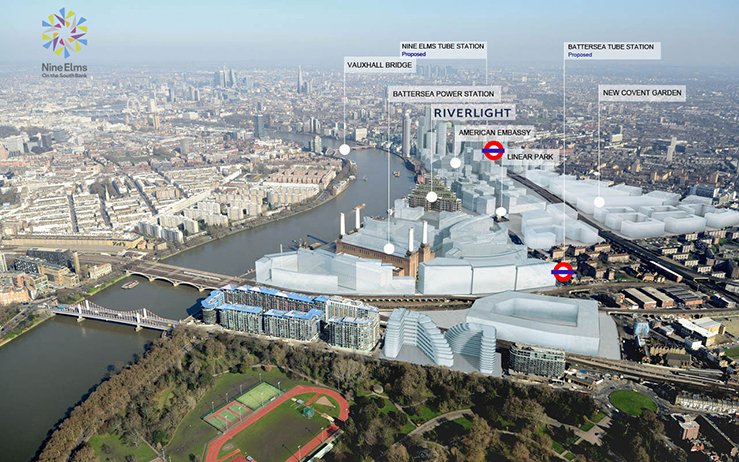
Infrastructure Project 3: £1 Billion Asian Business Port
The Mayor, Boris Johnson, has announced details of a £1bn deal to transform London’s historic Docklands into the capital’s next business district, forging new trade links with China and other economies in the Asia-Pacific region, and securing billions of pounds of inward investment in the UK economy.
Historically the trading heartland of the capital, the deal will re-instate the Royal Docks as a commercial and trading centre for the 21st century, delivering around 20,000 full-time jobs and boosting local employment in Newham by 30%. When complete, the site will become London’s third business district and, according to initial projections, be worth £6bn to the UK economy, generating £23m in business rates annually and acting as a catalyst for further development in the area.
The ABP Royal Albert Dock development will become London’s third business and financial district, after the City of London and Canary Wharf, and will be a hub for businesses from Asia looking to reach new markets in Europe and for European companies seeking to do business with them and expand into the Far East.














